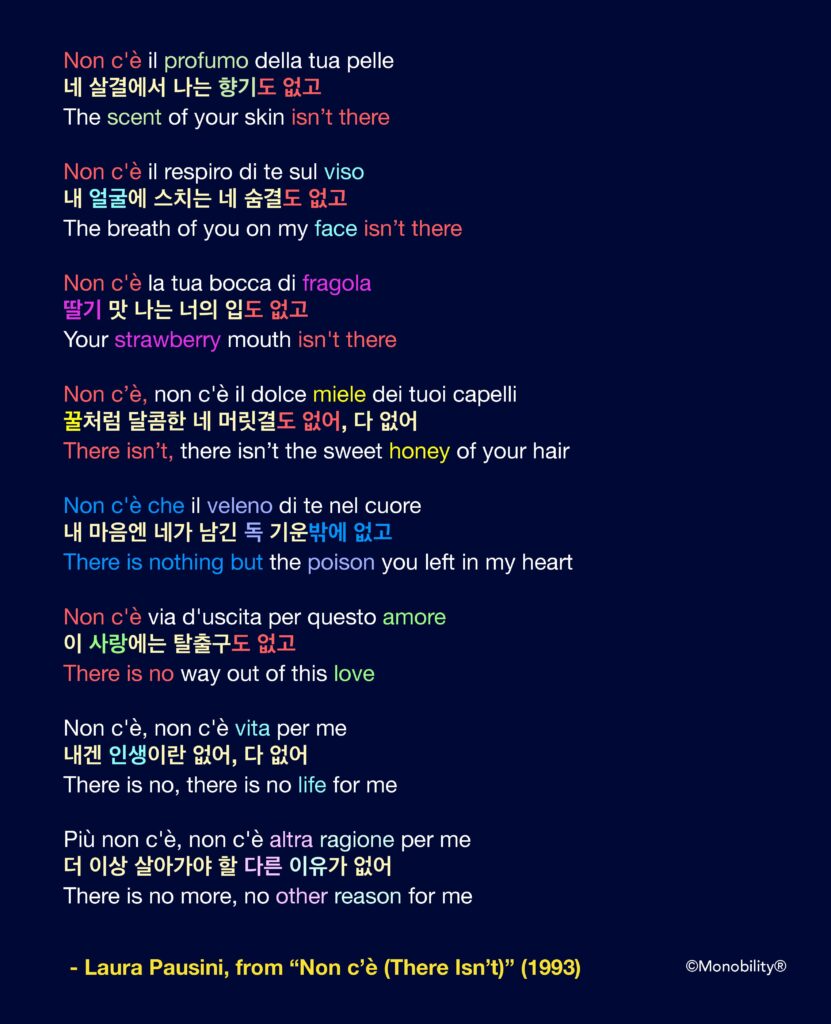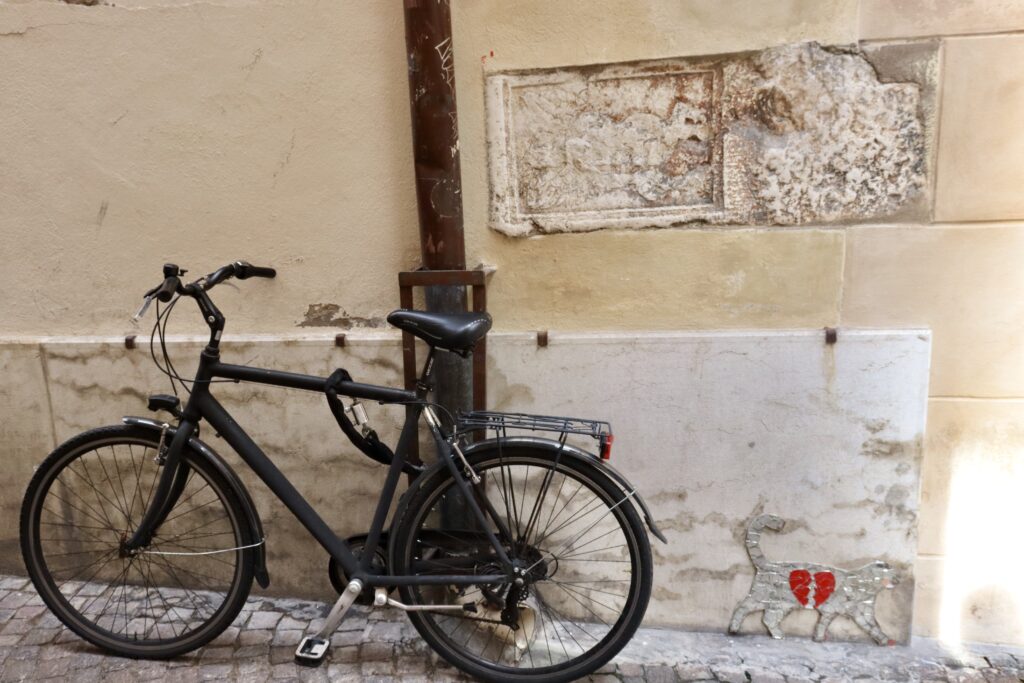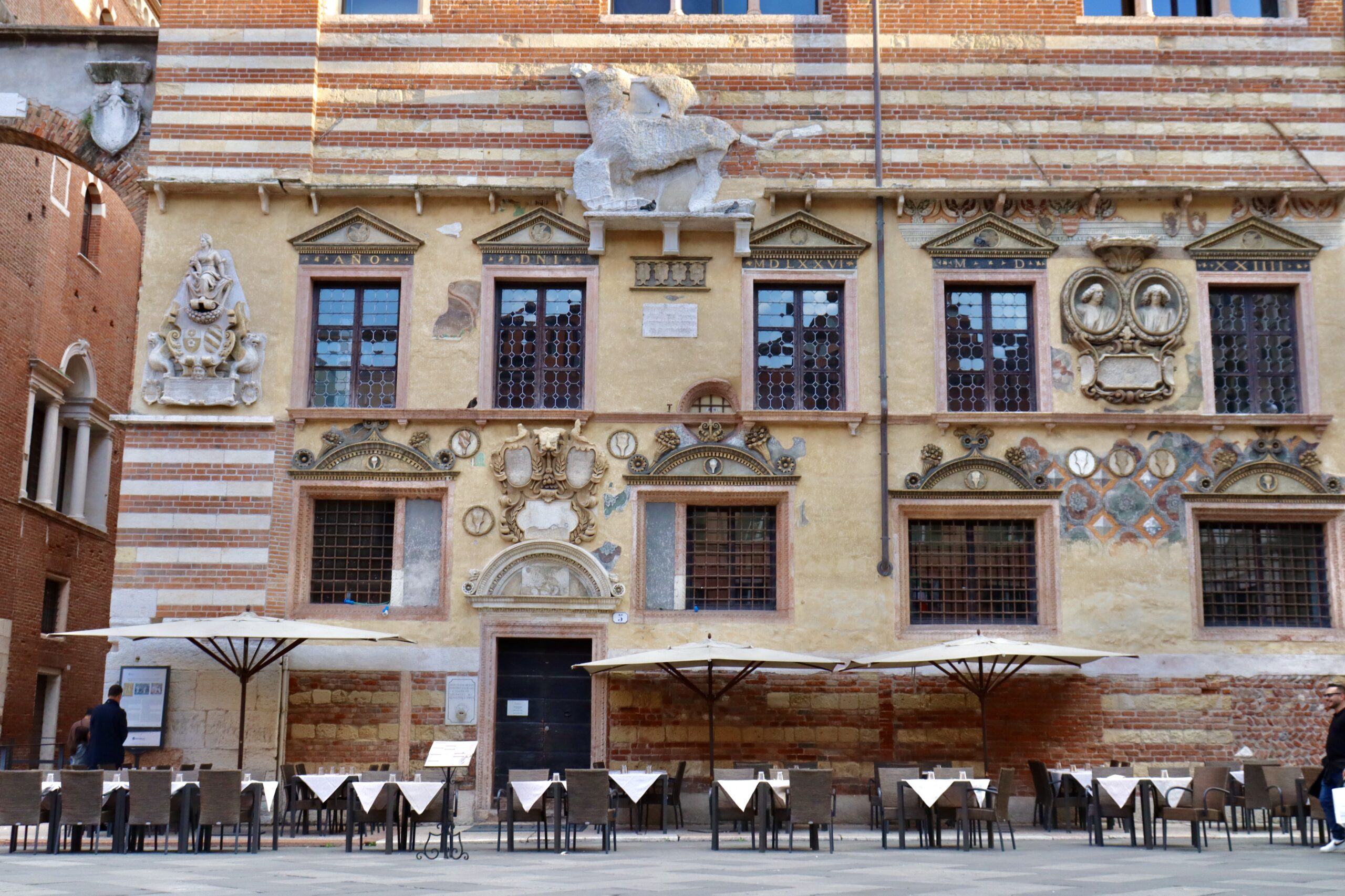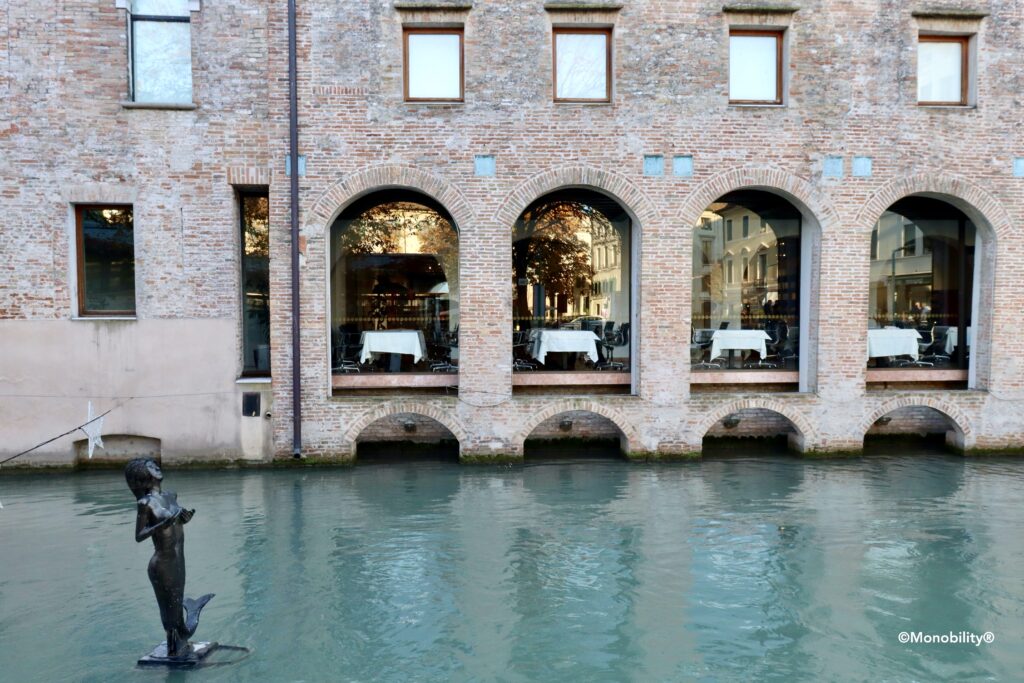“There is” and “There is not” are one of the first things we learn in a foreign language. They address “existential” questions all the more importantly because they are useful in daily life when you are in a foreign country. In Korean, you can say “-이/가 있다” and “-이/가 없다”.
- There is an ATM right at the entrance. 현금인출기는 바로 입구에 있습니다.
- There isn’t dried figs today. 오늘 말린 무화과가 없군요.
- Is there a restroom here? 혹시 여기 화장실 있어요?
A variation of “There is not” is “There is nothing but” which means existence rather than absence. In Korean, it corresponds to “-밖에 없다”.
- There is nothing but the poison you left in my heart 내 마음엔 네가 남긴 독 기운밖에 없어
When you say a series of things that are absent or present, Koreans use the particle “-도” instead of “-이/가” before the verbs 있다 and 없다.
- 그는 큰 집도 있고, 예쁜 아내도 있고, 없는 게 없는 사람이었지. He had a huge house, a beautiful wife, and everything else in the world.
- 이 학생들은 질문도없고 열정도없고 별 관심도없어요. 정말 재미없는 사람들이군요 These students don’t have any question, passion, or interest. They are such boring people.
If you insist saying “A-이/가 없고, B-이/가 없고, C-이/가 없고… etc.”, Koreans would still understand you, but would right away know that you are a foreigner, not a native speaker. It is that obvious even if you are not visible, speaking on the phone for example. Therefore, the correct and natural way to “shine by absence” in Korean is to say “A-도 없고, B-도 없고, C-도 없고… etc.”

Monobility® Group:



